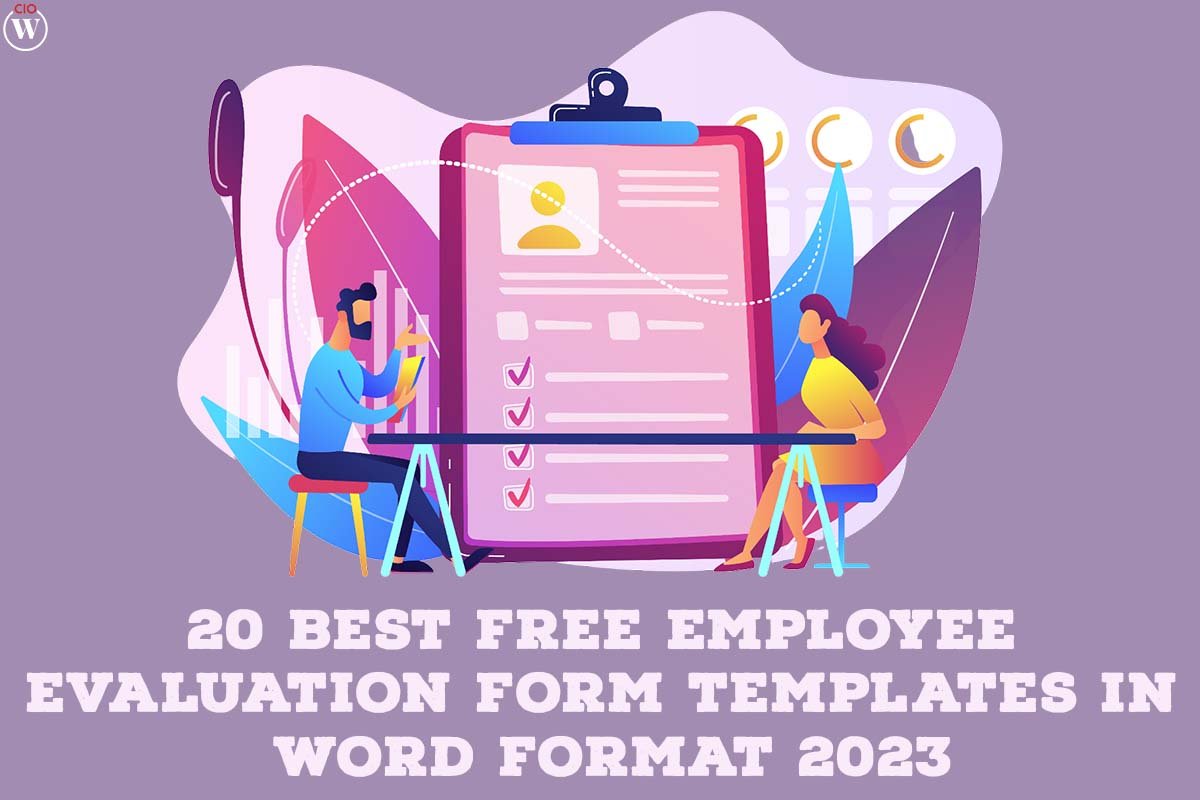While Google’s free organizing tool for schools makes it simple for children to manage all their coursework in one place, it also presents privacy and safety hazards that parents should be aware of in the Ultimate Guide to Google Classroom.
Many students now regard online resources like Gmail, Google Docs, and even YouTube to be as necessary as textbooks and notebooks. Google’s free Workspace for Education Basics includes a classroom management application called Google Classroom, so schools may easily make the switch. The classroom is a virtual learning environment where instructors and students may communicate and collaborate in real-time using features such as a shared whiteboard, assignment tracking, and discussion forums.
The fact that there is no paper involved and that there are built-in chances for students to practice safe and responsible use of technology are both wonderful features. Your child may take use of it for any or all of their classes. Google Classroom is one of the most widely adopted pieces of educational technology, used by millions of educators and students in thousands of Ultimate Guide to Google Classroom throughout the globe.
Nevertheless, there are certain dangers associated with using Google Classroom, such as the possibility of having one’s data tracked, interacting with strangers, and even cyberbullying. Despite Google’s more stringent privacy policies for its educational applications, the company may still gather data from some of the Classroom features, such as YouTube, if they are used.
The platform does exactly what Google says it would do: make life easier for instructors by streamlining tasks like grading, communicating with students, and managing homework assignments and remote Ultimate Guide to Google Classroom. In any case, as more schools use Google Classroom, you should become acquainted with it so you can help your child with their online education as effectively as possible.
Here Are the 14 Best Points of Parents’ Ultimate Guide to Google Classroom;
A BREAKDOWN OF GOOGLE CLASSROOM
Students can access everything they need for a class on Google Classroom, including homework assignments, group projects, files, and even Google Hangouts to chat with the teacher or the whole class. Ultimate Guide to Google Classroom is an online platform that integrates Google’s core products (Google Docs, Sheets, Slides, Drive, etc.) to help teachers and students organize and manage classroom activities.
Google’s Workspace for Education (previously known as G Suite) contains “Additional Services,” such as YouTube and Maps, that a school administrator might choose to allow as part of your child’s Classroom tools. Unlike IXL, Khan Academy, and other educational material providers, Google Classroom isn’t meant to help students learn; rather, it’s a space for teachers to work together.
CAN STUDENTS ASK THEIR TEACHERS QUESTIONS IN REAL TIME USING GOOGLE CLASSROOM, AS THEY DO WITH ZOOM?
Usually not. But, Google is making it simpler to utilize Classroom for live, remote teaching by providing the premium capabilities of Hangout Meet to instructors and students who are home during the coronavirus outbreak at no cost.
HOW DO I SET UP GOOGLE CLASSROOM?
Students may join a teacher’s class by one of three methods: a clickable link, an email invitation, or a code entered into Classroom. Students will be given a link to classroom.google.com and instructed to log in so they may see the class(es) to which their instructor has assigned them.
Your child will either have a school account or a Google Workspace account if the school has signed up for a Google Workspace for Education account (which it should if it’s using Classroom). In certain situations & Ultimate Guide to Google Classroom, your child may be able to access Classroom with their own personal Google account, even if this is not permitted for school work. Only students and instructors who have been invited to a particular class may participate in that class, as well as the instructor.
When your child has joined a class, they will have access to all of the features the instructor has enabled for that class, such as the class schedule, assignments, announcements, and “office hours.”
DOES GOOGLE CLASSROOM WORK FROM HOME?
When students download the Google Classroom app, they may access their classes from any device, anywhere.

MY CHILD HAS GOOGLE CLASSROOM; AM I ABLE TO CONTACT THE TEACHER?
It’s a possibility, however, some schools and instructors choose to utilize apps like Aeries and School Loop instead. If your child’s teacher decides to utilize Google Classroom as a means of communicating with you, they will give you an invitation. If you accept it, you will begin receiving updates from the teacher, which may include reminders about assignments, as well as any other relevant information on the Ultimate Guide to Google Classroom.
Is it possible to utilize Google Classroom to communicate inappropriately or cheat?
Students may easily switch between Google Classroom and other tabs, such as Wikipedia or Google Search. In addition, the platform provides a venue for students to see the work of their peers. But, instructors may prevent students from leaving the Google Forms quiz environment by selecting Locked mode & Ultimate Guide to Google Classroom.
As for talking, that’s OK. Via Hangouts and Meet’s in-built chat feature, students and professors alike may engage in real-time, two-way text and video communication. Besides the obvious distraction that chitchat presents, there have been allegations of students engaging in cyberbullying inside Google Documents that have been shared for group assignments.
This is likely because no one would think to check these documents for evidence of such conduct. Hangouts may be turned off and users can be removed from a shared document if your child feels the conversation is getting out of hand. (Click the Share button, then click the arrow next to the person’s name and choose Delete.) Your child should make a copy and not distribute the original if the document was made by someone else and you do not have permission to use like Ultimate Guide to Google Classroom.
CAN GOOGLE CLASSROOM BE INTEGRATED WITH OTHER SOFTWARE AND WEBSITES?
Pear Deck, Actively Learn, Newsela, and a plethora of other popular tools are just a few of the hundreds of applications and websites that may be integrated with Google Classroom using “add-ons.” When apps are incorporated into Classroom, they may provide material, increase accessibility, and offer students and instructors more interactive tools & Ultimate Guide to Google Classroom.
HOW CAN I VIEW MY STUDENT’S GRADES IN GOOGLE CLASSROOM?
No. Teachers may use the Gradebook feature of the Classroom service to assign grades, but if you want to view your child’s grades, the teacher will have to prepare a report and send it to you. Your institution’s grading and other administrative needs may be met by a different program & Ultimate Guide to Google Classroom.
WHEN NEW MATERIALS ARE ADDED TO GOOGLE CLASSROOM, HOW WILL MY CHILD BE NOTIFIED?
When the teacher makes a notice, an email will be sent to you so you may inform your child. These messages will be sent to your child’s email address rather than via Ultimate Guide to Google Classroom. Students will need to keep an eye on the class calendar to keep track of when assignments are due.
IS IT OK FOR MY CHILD TO USE GOOGLE CLASSROOM TO CHAT WITH HIS PEERS IN SCHOOL?
Maybe. Group research papers on Google Docs or group dialogues where students provide feedback on each other’s writing are two examples of collaborative assignments that teachers could offer for Ultimate Guide to Google Classroom. But, a teacher or administrator may disable all of the devices if students aren’t behaving themselves.

WHAT PARTICIPANTS (TEACHER, STUDENTS, PRINCIPAL, TECH COORDINATOR) HAVE AUTHORITY OVER GOOGLE CLASSROOM SETTINGS?
When a school implements Classroom, it is often the job of the IT manager. One user may enable or disable the service’s many services, such as Gmail, Google Maps, and Google Drive & Ultimate Guide to Google Classroom. The usage of these services and their configuration for classroom use is entirely up to individual educators. For instance, if Gmail is accessible, educators may send emails to their classes, disable alerts, and even silence students. Not the instructor, but the admin has to be contacted if you don’t want your child using YouTube in the classroom (the admin can also enable “restricted mode” for YouTube, which limits some mature content).
HOW DO I CONFIRM THAT MY CHILD IS NOT WASTING TIME ON GOOGLE CLASSROOM?
There aren’t many technological solutions outside of keeping an eye and ear on your child yourself. If your child has their device and isn’t using one provided by the school, you may be able to use a parental control tool like Google’s Family Link to restrict their access to particular websites and applications during certain times of the day, but you’ll still need to grant Ultimate Guide to Google Classroom access.
Most parental controls are useless on school computers because installing new software conflicts with the system administrator’s settings. You may try a few strategies, such as establishing a timer, providing a game break, and rewarding your child after they accomplish an activity in which they have shown attention and resistance to distractions.
HOW MUCH KNOWLEDGE OF TECHNOLOGY SHOULD I HAVE TO ASSIST MY STUDENT WITH GOOGLE CLASSROOM?
Knowing how to use Google’s suite of products will allow you to assist your child with uploading papers, checking the calendar, and other activities as they become more independent. Knowing the inner workings of the programs is useful in case anything goes wrong, as you will be better able to convey the issue to an instructor. Some children that are a little older may not need any assistance. Google Classroom is intuitive and well-supported by documentation and tutorials of Ultimate Guide to Google Classroom.
DO STUDENTS’ RECORDS GET COLLECTED AND USED BY GOOGLE CLASSROOM?
Here’s when it starts to get complicated. Several of the applications, including those from third-party developers, may be monitored in Google’s Workspace for Education, of which Google Classroom is a component.

Students may avoid tracking and data mining (beyond what is required for educational reasons) by using a school account instead of their personal Gmail account & Ultimate Guide to Google Classroom. But, if the school administrator permits Additional Services like YouTube and Maps, Google may gather data on those applications as it would for any of its other consumer apps.









